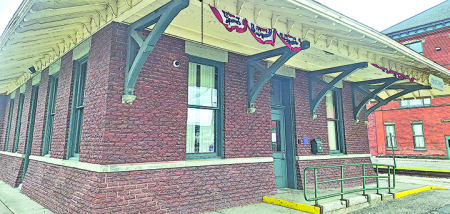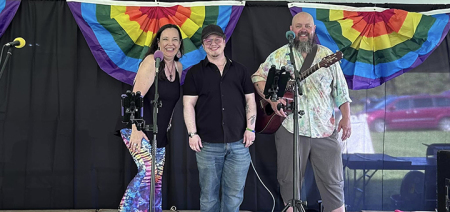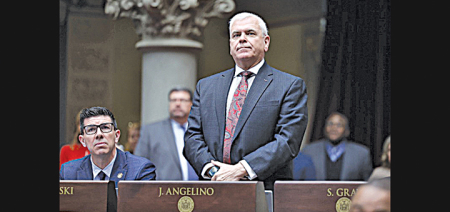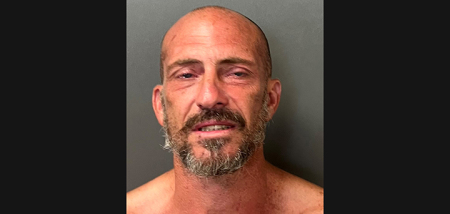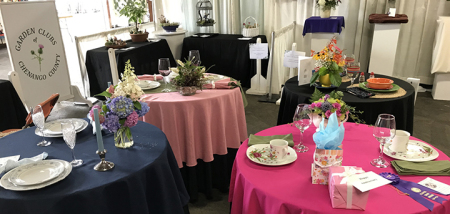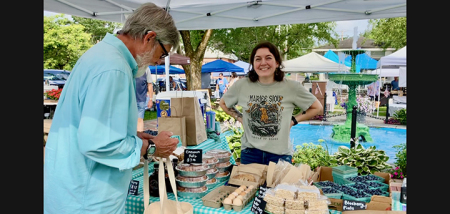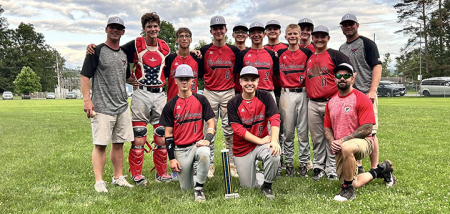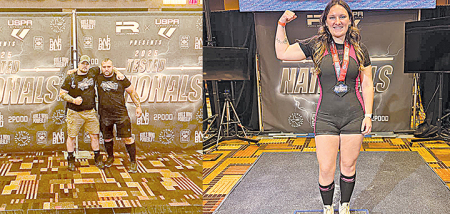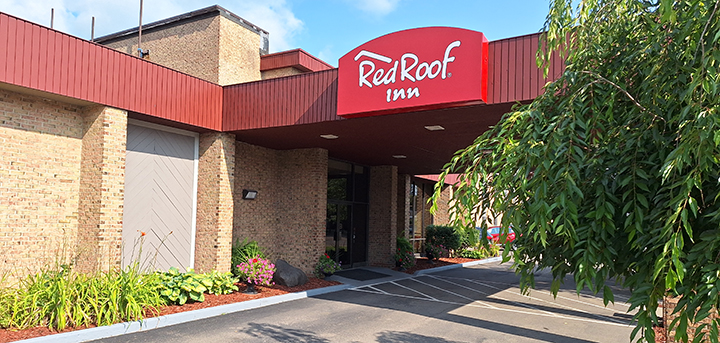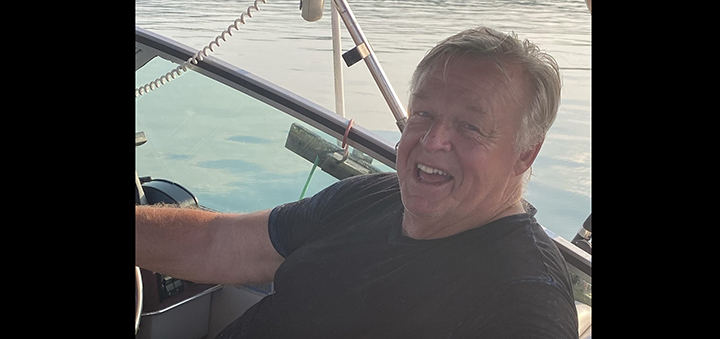Deadly Home Fires Across U.S. Underscore Increased Risks During Winter Months
Published:
January 16th, 2024
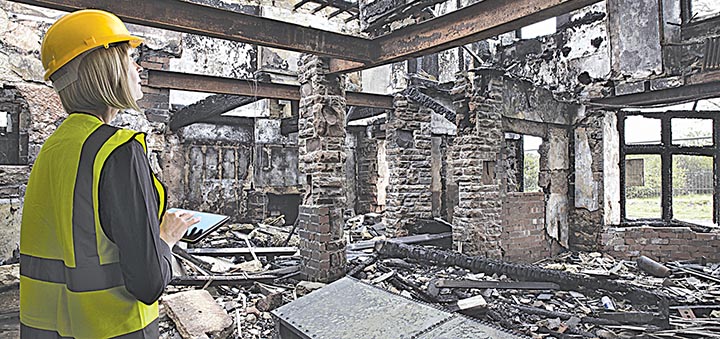 With colder temperatures, people are spending more time indoors leading to more fire risks. heating equipment is the leading cause of U.S. home fires between December and January, while cooking equipment is the leading cause of home fires year-round. (File photo)
With colder temperatures, people are spending more time indoors leading to more fire risks. heating equipment is the leading cause of U.S. home fires between December and January, while cooking equipment is the leading cause of home fires year-round. (File photo)
NEW YORK STATE - In response to the deadly home fires that have occurred in the past weeks, the National Fire Protection Association® (NFPA) is reminding the public about the increased risk of home fires during the winter months, along with simple but critical ways to prevent them and stay safe.
According to NFPA, heating equipment is the leading cause of U.S. home fires between December and January, while cooking equipment is the leading cause of home fires year-round. The third-leading cause of home fires is electrical equipment, with three in 10 electrical fires occurring between November and February. Also, more than a third (34 percent) of Christmas tree home fires occur in January.
“As the new year has unfolded, several multiple fatality home fires, including the ones that have been reported in California, Connecticut, and Minnesota, have underscored the deadly impact that these fires can have,” said Lorraine Carli, vice president of NFPA Outreach and Advocacy.
She noted that with colder temperatures across much of the country and fewer hours of sunlight, people are spending more time indoors. That means home heating systems are in greater use, electricity is used more hours of the day, and, in many cases, households are doing more cooking.
“On top of these risk factors, many homes may still have holiday decorations up, which pose potential fire risks as well, particularly dry Christmas trees,” said Carli.
NFPA offers the following guidelines and recommendations to reduce the risk of home fires during the winter months:
Heating safety:
Make sure all heating equipment is in good working order. Heating systems and chimneys should be cleaned and inspected annually by a qualified professional.
Keep anything that can burn at least three feet away from all heating equipment, including furnaces, fireplaces, wood stoves, and space heaters.
Always use the right kind of fuel, as specified by the manufacturer, for fuel-burning space heaters.
Make sure space heaters are in good working order and used in accordance with the manufacturer’s instructions.
Turn portable heaters off when leaving the room or going to sleep.
Electrical safety:
Only use one heat-producing appliance (such as a coffeemaker, toaster, space heater, etc.) plugged into a receptacle outlet at a time.
Check electrical cords to make sure they are not running across doorways or under carpets.
Extension cords are intended for temporary use. Have a qualified electrician add more Call a qualified electrician or your landlord if you have frequent problems with blowing fuses or tripping circuit breakers; a tingling feeling when you touch an electrical appliance; a discolored or warm wall outlet; a burning or rubbery smell coming from an appliance; flickering or dimming lights; or sparks from an outlet.
Cooking safety:
eep a close eye on what you’re cooking; never leave cooking food unattended. For foods with longer cook times, such as those that are simmering or baking, set a timer to help monitor them carefully.
Clear the cooking area of combustible items, keeping anything that can burn - such as dish towels, oven mitts, food packaging, and paper towels - at least three feet away from cooking equipment.
Turn pot handles toward the back of the stove.
Keep a lid nearby when cooking. If a small grease fire starts, slide the lid over the pan and turn off the burner.
Create a “kid and pet free zone” of at least three feet around the cooking area and anywhere else hot food or drink is prepared or carried.
Smoke alarms, which reduce the risk of dying in a fire by more than half (54 percent), must be installed in all required locations and working properly. Home escape planning is another critical element of home fire safety, as people may have as little as two minutes to escape a home fire from the time the smoke alarm sounds. Knowing what to do when the smoke alarm sounds and using that time wisely is critical to safety.
“Our goal is to make sure people know what the main causes of winter home fires are and how to prevent them,” said Carli. “A little added awareness, effort, and planning can go a long way toward minimizing those risks.”
NFPA offers a wealth of home heating safety tips, information, and resources to help better educate the public about ways to safely heat their homes. In addition, NFPA’s “Put a Freeze on Winter Fires” campaign with the U.S. Fire Administration works to promote a host of winter safety issues, including home heating.
For this release and other announcements about NFPA initiatives, research, and resources, please visit the NFPA press room.
About the National Fire Protection Association (NFPA)
Founded in 1896, NFPA is a global self-funded nonprofit organization devoted to eliminating death, injury, property and economic loss due to fire, electrical and related hazards. The association delivers information and knowledge through more than 300 consensus codes and standards, research, training, education, outreach and advocacy; and by partnering with others who share an interest in furthering the NFPA mission. For more information, visit www.nfpa.org. All NFPA codes and standards can be viewed online for free at www.nfpa.org/freeaccess.
- From the NFPA
Comments
